Home>Gardening & Outdoor>Landscaping Ideas>How Tall Can Grass Grow
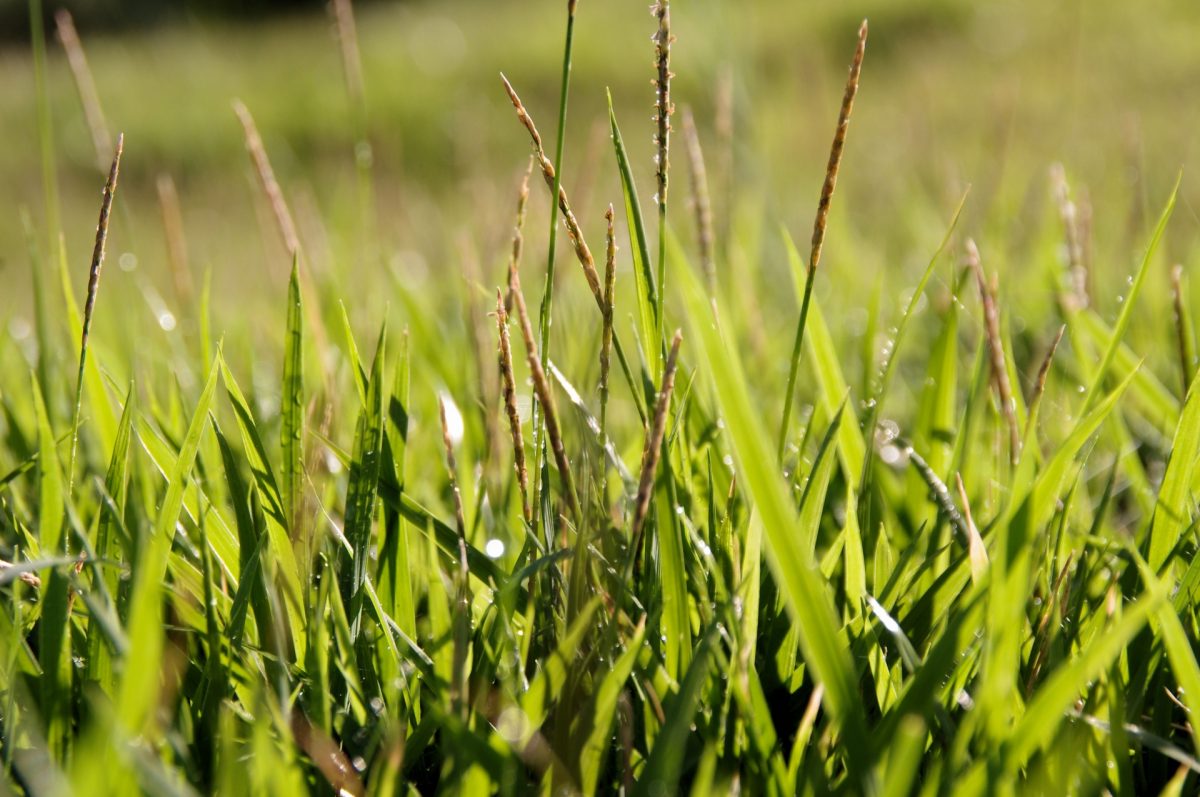

Landscaping Ideas
How Tall Can Grass Grow
Modified: March 29, 2024
Discover expert landscaping ideas to help your grass grow to its full potential. Learn how to achieve the perfect lawn height and maintain healthy, lush greenery.
(Many of the links in this article redirect to a specific reviewed product. Your purchase of these products through affiliate links helps to generate commission for Storables.com, at no extra cost. Learn more)
Introduction
Welcome to the fascinating world of grass, where the green blades sway in the breeze and carpet the earth with lush beauty. Have you ever wondered how tall grass can grow? This seemingly simple question leads us into a complex and intriguing exploration of the natural world.
Grass, a ubiquitous plant found in various ecosystems around the globe, plays a vital role in the environment. From providing sustenance for grazing animals to stabilizing soil and contributing to the oxygen cycle, grass is an essential component of the Earth’s ecosystems. Understanding the factors that influence the height of grass, as well as the tallest grass species in the world, sheds light on the diversity and resilience of these remarkable plants.
In this article, we will delve into the factors that affect grass height, explore the maximum height of different grass species, and marvel at the tallest grasses on the planet. Additionally, we will discuss the significance of grass height in ecosystems, highlighting the interconnectedness of plant life and the delicate balance of nature. Let’s embark on a journey through the verdant realm of grass and discover the awe-inspiring heights it can reach.
Key Takeaways:
- Grass height is influenced by genetics, environment, and competition. Factors like water availability and grazing animals impact how tall grass can grow, shaping ecosystems and biodiversity.
- From towering bamboo to low-growing fescue, grasses play vital roles in ecosystems. Their heights provide habitat, food, and stability, showcasing the resilience and diversity of the plant kingdom.
Read more: How Tall Will Grass Grow If Not Cut
Factors Affecting Grass Height
The height of grass is influenced by a myriad of factors, reflecting the intricate relationship between the plant and its environment. Understanding these factors provides insight into the adaptability and resilience of grass species.
- Genetics: The genetic makeup of a grass species plays a significant role in determining its potential height. Some species are naturally inclined to grow taller, while others exhibit genetic traits that limit their vertical growth.
- Environmental Conditions: The environment in which grasses grow profoundly impacts their height. Factors such as sunlight exposure, soil quality, moisture levels, and temperature all contribute to the plant’s ability to thrive and reach its maximum height.
- Water and Nutrient Availability: Adequate water and nutrient supply are essential for promoting healthy growth in grasses. Insufficient water or nutrient deficiencies can stunt the plant’s growth, limiting its potential height.
- Competition: Grasses often compete with other plants for resources, including space, sunlight, water, and nutrients. The intensity of this competition can influence the height that a particular grass species can attain.
- Grazing and Herbivory: The presence of grazing animals and herbivores can impact grass height. Continuous grazing or browsing by animals can prevent grass from reaching its maximum height, shaping the plant’s growth patterns.
- Seasonal Variations: Grass height can fluctuate throughout the year due to seasonal changes. Factors such as dormancy during winter, rapid growth in spring, and adaptation to dry conditions in summer all contribute to the dynamic nature of grass height.
By considering these factors, we gain a deeper appreciation for the dynamic interplay between grasses and their surroundings. The height of grass is not merely a static attribute but a reflection of the complex interactions that shape the natural world.
Maximum Height of Grass Species
Grasses exhibit a remarkable diversity in terms of their maximum achievable height. While some species are known for their towering stature, others maintain a more modest profile. Understanding the maximum height of various grass species provides valuable insights into the range of adaptations and ecological niches occupied by these plants.
One of the tallest grass species is the Bamboo (Bambusoideae), which includes several genera known for their impressive height. Certain bamboo species, such as the Giant Bamboo (Dendrocalamus giganteus) and the Dragon Bamboo (Gigantochloa atroviolacea), can reach staggering heights of over 100 feet (30 meters). These towering grasses, often referred to as “woody bamboos,” are renowned for their rapid growth and structural strength, making them valuable resources in various cultures for construction, furniture, and even musical instruments.
Another notable grass species celebrated for its remarkable height is the Sugarcane (Saccharum officinarum). Widely cultivated for its sweet sap and versatile applications, sugarcane can reach heights of up to 20 feet (6 meters) under optimal growing conditions. Its towering stalks and lush foliage make it a prominent feature in agricultural landscapes across tropical and subtropical regions.
On the other end of the height spectrum, we encounter grass species with more modest statures. Fescue grasses (Festuca spp.), for example, are known for their fine texture and low-growing habit, typically reaching heights of 1 to 3 feet (30 to 90 centimeters). These grasses are valued for their ornamental appeal and their use in pastures and lawns, where their compact growth forms a dense, uniform carpet.
It is important to note that the maximum height of grass species can vary based on environmental conditions, cultivation practices, and genetic diversity within the species. While certain grasses may attain impressive heights in their natural habitats, their growth potential may be influenced by human intervention and selective breeding.
By exploring the maximum height of different grass species, we gain a deeper understanding of the diverse forms and functions that grasses exhibit in ecosystems around the world. From towering bamboos to diminutive fescues, the range of heights reflects the adaptability and resilience of these essential plants.
Grass can grow to varying heights depending on the species, but on average, it can grow anywhere from 2 to 3 feet tall. However, some species can grow even taller under the right conditions.
The Tallest Grasses in the World
Within the vast and varied realm of grasses, several species stand out for their impressive heights, capturing the imagination with their towering presence. These remarkable grasses, found in diverse ecosystems, showcase the awe-inspiring potential of the plant kingdom.
Bamboo (Bambusoideae) reigns supreme as one of the tallest grasses in the world. Known for its rapid growth and remarkable stature, bamboo encompasses a wide range of genera and species, each contributing to the grandeur of this botanical family. The Giant Bamboo (Dendrocalamus giganteus), native to Southeast Asia, holds the title for one of the tallest grasses, soaring to heights exceeding 100 feet (30 meters). With its sturdy culms and lush foliage, this majestic bamboo species commands attention and serves as a vital resource in various cultural and ecological contexts.
Another towering grass that captivates with its imposing height is the Duruka (Schizostachyum iraten). Endemic to the highlands of Papua New Guinea, this species of bamboo reaches extraordinary heights, often surpassing 130 feet (40 meters). The Duruka’s towering presence in the montane forests underscores the ecological significance of these majestic grasses, providing habitat and sustenance for diverse flora and fauna.
Turning our attention to the African continent, we encounter the Giant King Grass (Pennisetum purpureum x Pennisetum americanum), a hybrid grass species celebrated for its exceptional height and rapid growth. With reported heights of over 16 feet (5 meters) in a single growing season, this grass holds promise as a renewable energy source and a valuable resource for sustainable land use practices.
While bamboo and select hybrid grasses claim the spotlight for their towering heights, it is essential to recognize the ecological roles and cultural significance of these majestic grasses. From providing essential habitat for wildlife to serving as a renewable resource for human communities, the tallest grasses in the world embody the resilience and versatility of the plant kingdom.
By celebrating these remarkable grasses, we gain a deeper appreciation for the diversity and majesty of the natural world, where towering grasses stand as testament to the ingenuity and beauty of the plant kingdom.
Importance of Grass Height in Ecosystems
The height of grass plays a pivotal role in shaping ecosystems and influencing the dynamics of natural habitats. From providing food and shelter for diverse organisms to contributing to nutrient cycling and soil stabilization, the height of grasses exerts a profound impact on the ecological balance of various environments.
Wildlife Habitat: The height of grasses directly influences the availability of habitat for a wide array of wildlife. Tall grasses provide cover and nesting sites for birds, small mammals, and insects, offering protection from predators and environmental elements. Conversely, shorter grass species contribute to open landscapes, supporting species that thrive in grasslands and savannas.
Food Sources: Grass height influences the accessibility of food sources for herbivores, including grazing mammals and insects. Taller grasses offer abundant forage for herbivores, while shorter grasses cater to species that prefer grazing on low-lying vegetation. The diversity of grass heights within an ecosystem sustains a variety of herbivorous species, contributing to the overall biodiversity of the area.
Soil Stabilization: In areas prone to erosion, the height and density of grasses play a crucial role in stabilizing the soil. Tall grasses with extensive root systems help prevent soil erosion by anchoring the earth and reducing the impact of water and wind. This function is particularly vital in protecting vulnerable landscapes and maintaining the integrity of ecosystems.
Nutrient Cycling: The height of grasses influences the cycling of nutrients within ecosystems. As grasses grow and senesce, they contribute organic matter to the soil, enriching it with essential nutrients. Taller grasses, with their greater biomass, can have a more significant impact on nutrient cycling, influencing the productivity and diversity of plant and microbial communities within the ecosystem.
Fire Behavior: Grass height affects the behavior of fires in grassland and savanna ecosystems. Tall grasses can serve as fuel for intense fires, influencing the frequency and severity of wildfires. Conversely, shorter grasses may contribute to less intense fires, shaping the ecological dynamics of fire-adapted landscapes.
By recognizing the importance of grass height in ecosystems, we gain a deeper understanding of the intricate web of interactions that sustain natural environments. The varied heights of grasses contribute to the resilience and functionality of ecosystems, highlighting the adaptability and significance of these essential plants in the natural world.
Read more: How Tall Does Timothy Grass Grow
Conclusion
The height of grass is not merely a physical attribute but a fundamental aspect of the intricate tapestry of ecosystems worldwide. From the towering canopies of bamboo to the sprawling carpets of fescue, the diverse heights of grasses reflect the adaptability and resilience of these essential plants.
Exploring the factors that influence grass height unveils the dynamic interplay between genetics, environmental conditions, and ecological interactions. The towering heights achieved by select grass species, such as bamboo and hybrid grasses, inspire awe and appreciation for the remarkable potential of the plant kingdom.
Furthermore, the importance of grass height in ecosystems cannot be overstated. From providing habitat and sustenance for wildlife to influencing nutrient cycling and soil stability, the height of grasses shapes the ecological dynamics of diverse habitats. By recognizing the intricate roles that grass height plays in natural environments, we deepen our connection to the delicate balance of the natural world.
As we marvel at the tallest grasses in the world and acknowledge the significance of grass height in ecosystems, we embrace a profound respect for the diversity and resilience of these essential plants. The verdant realm of grasses beckons us to appreciate the beauty and functionality of these humble yet extraordinary components of the natural world.
So, the next time you encounter a swaying meadow of grass or stand in awe of a towering bamboo grove, take a moment to marvel at the heights that grass can reach and the vital roles it fulfills in sustaining the rich tapestry of life on our planet.
Frequently Asked Questions about How Tall Can Grass Grow
Was this page helpful?
At Storables.com, we guarantee accurate and reliable information. Our content, validated by Expert Board Contributors, is crafted following stringent Editorial Policies. We're committed to providing you with well-researched, expert-backed insights for all your informational needs.
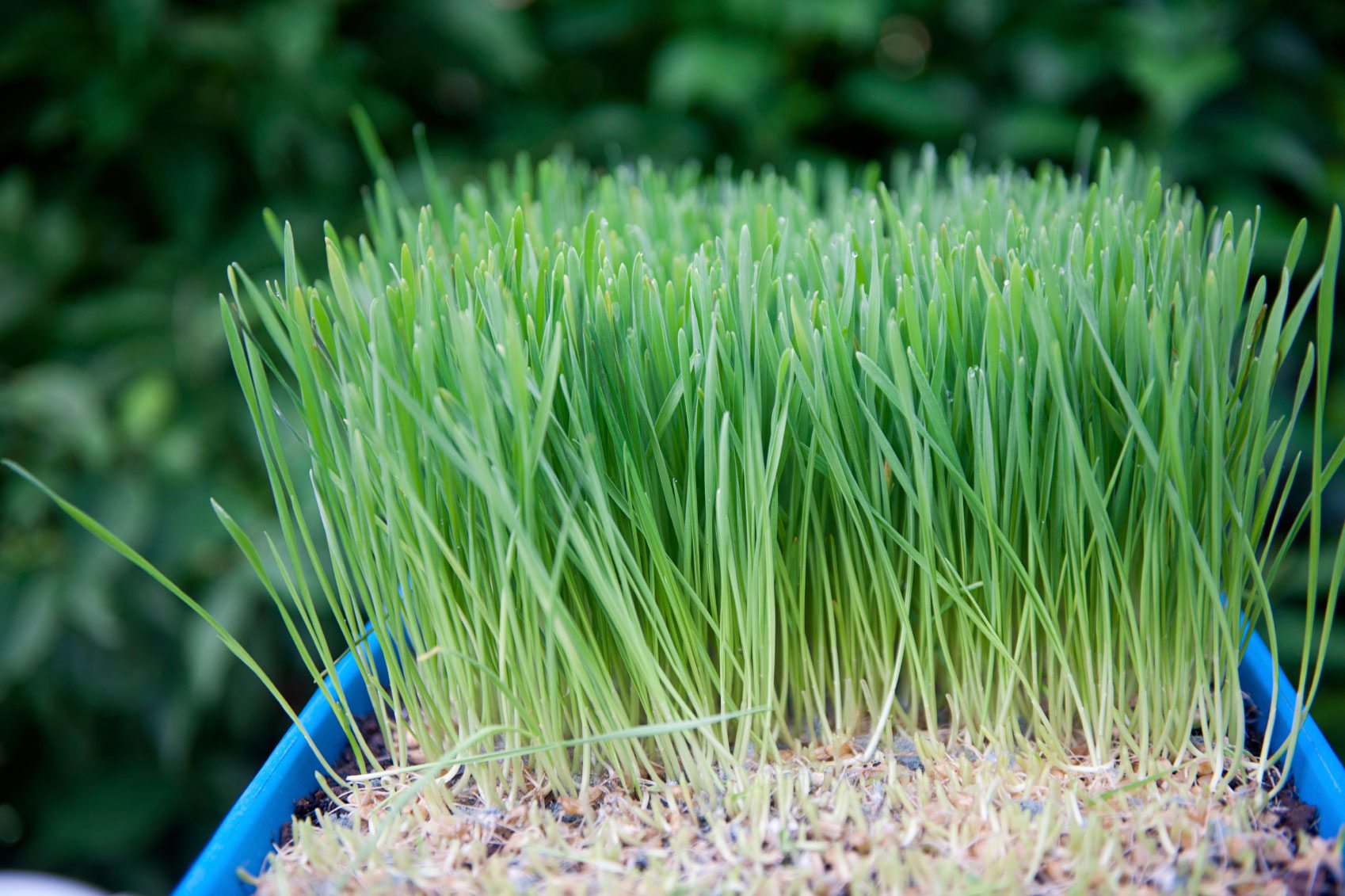
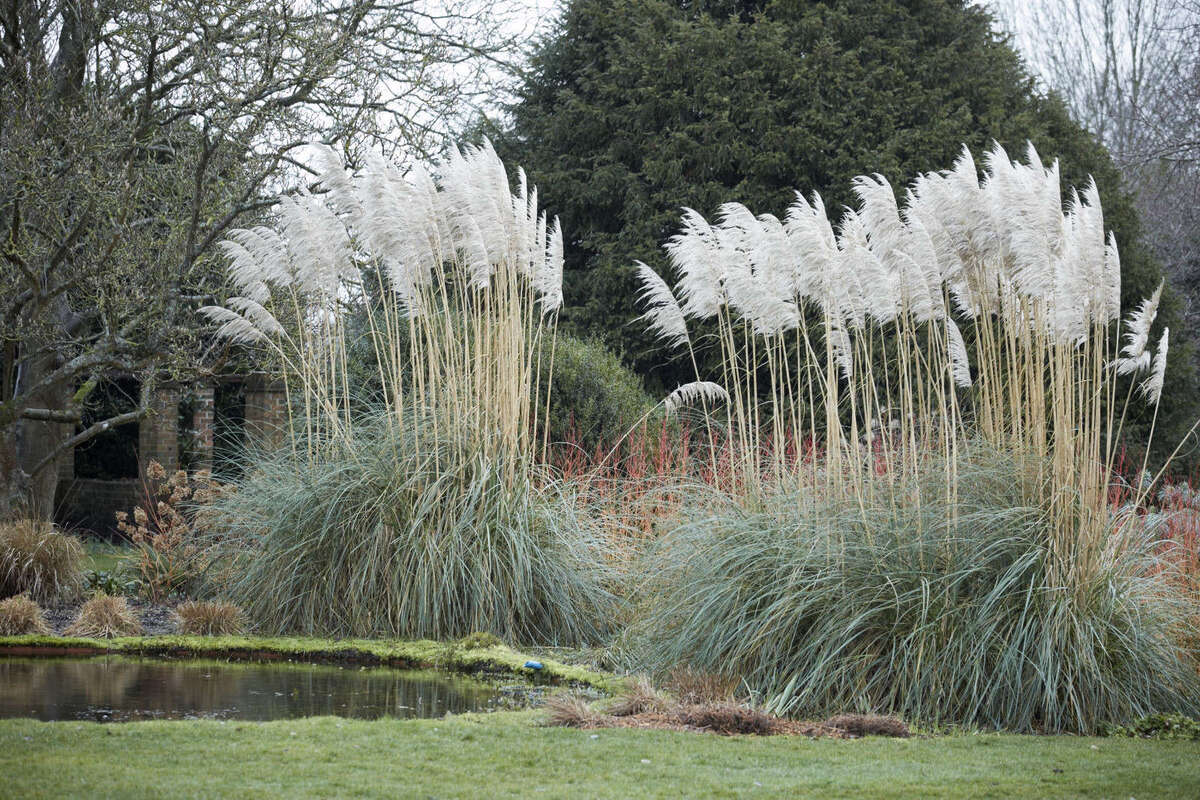
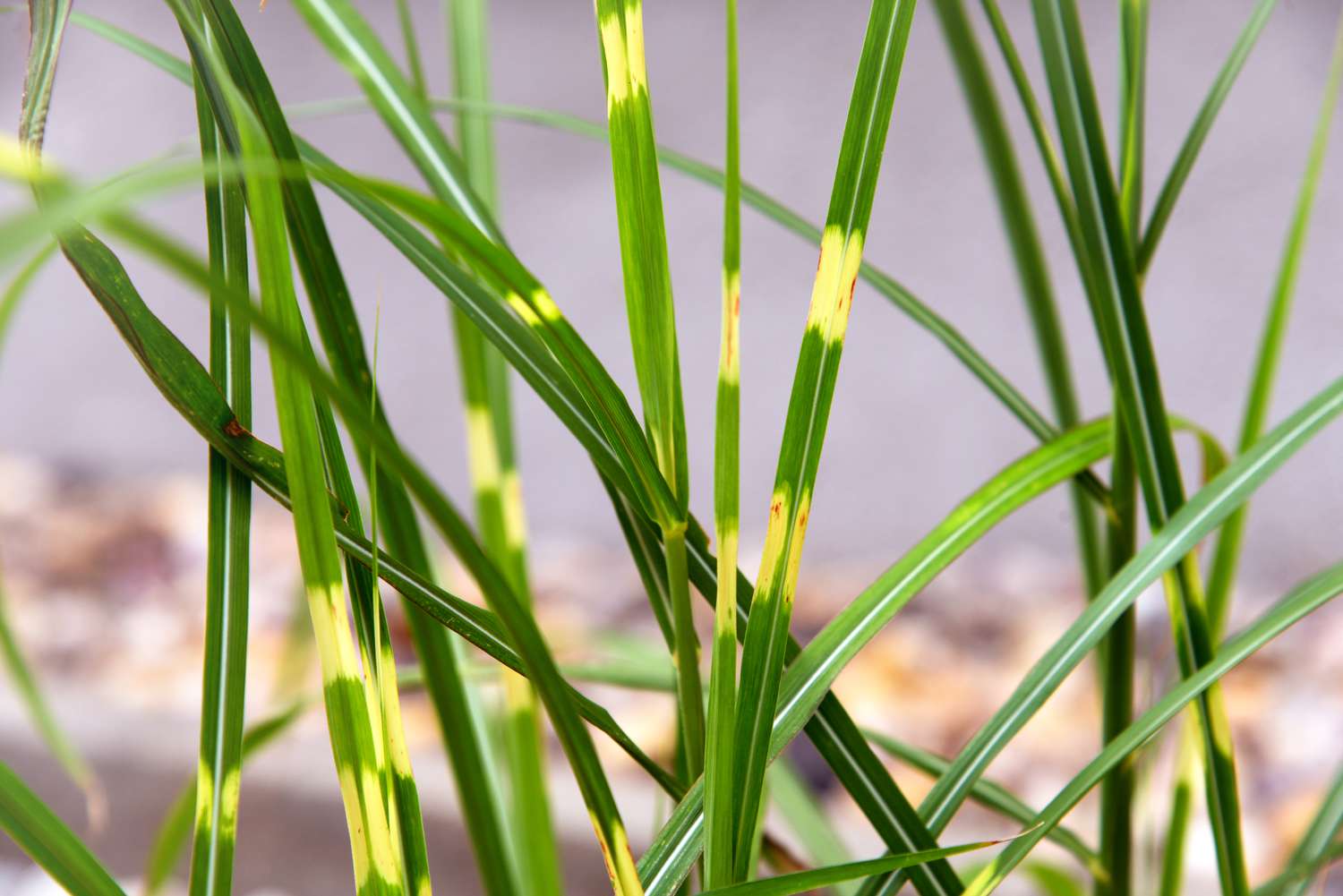
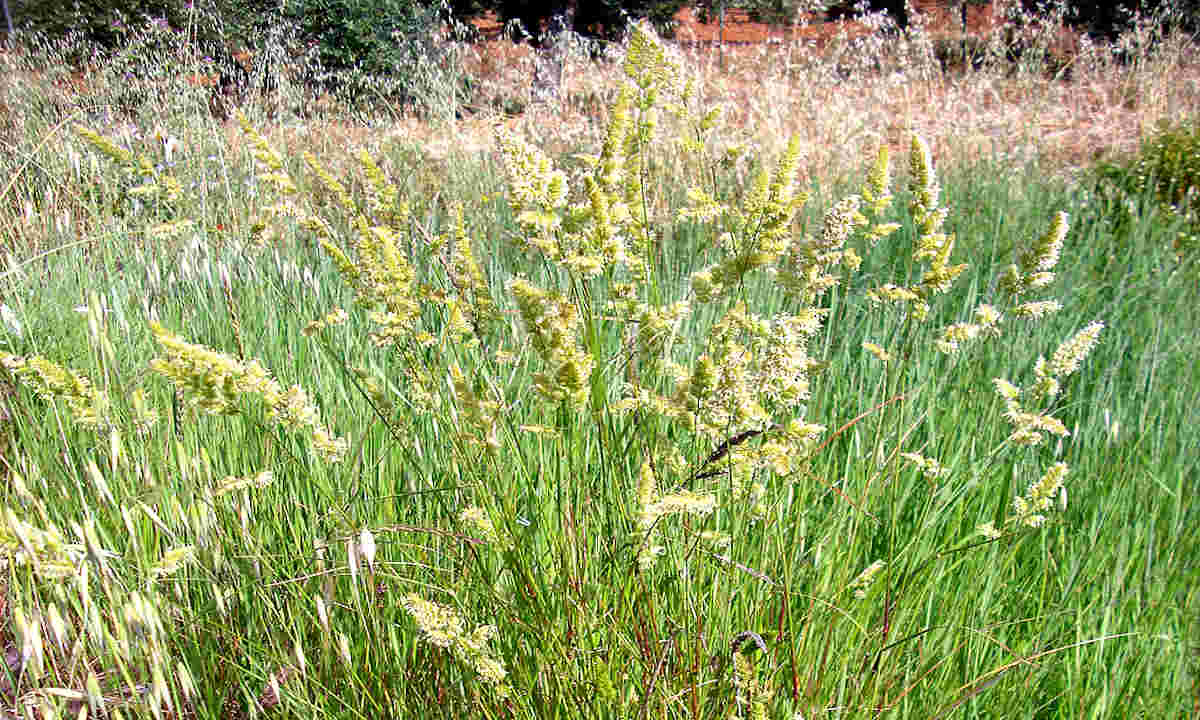
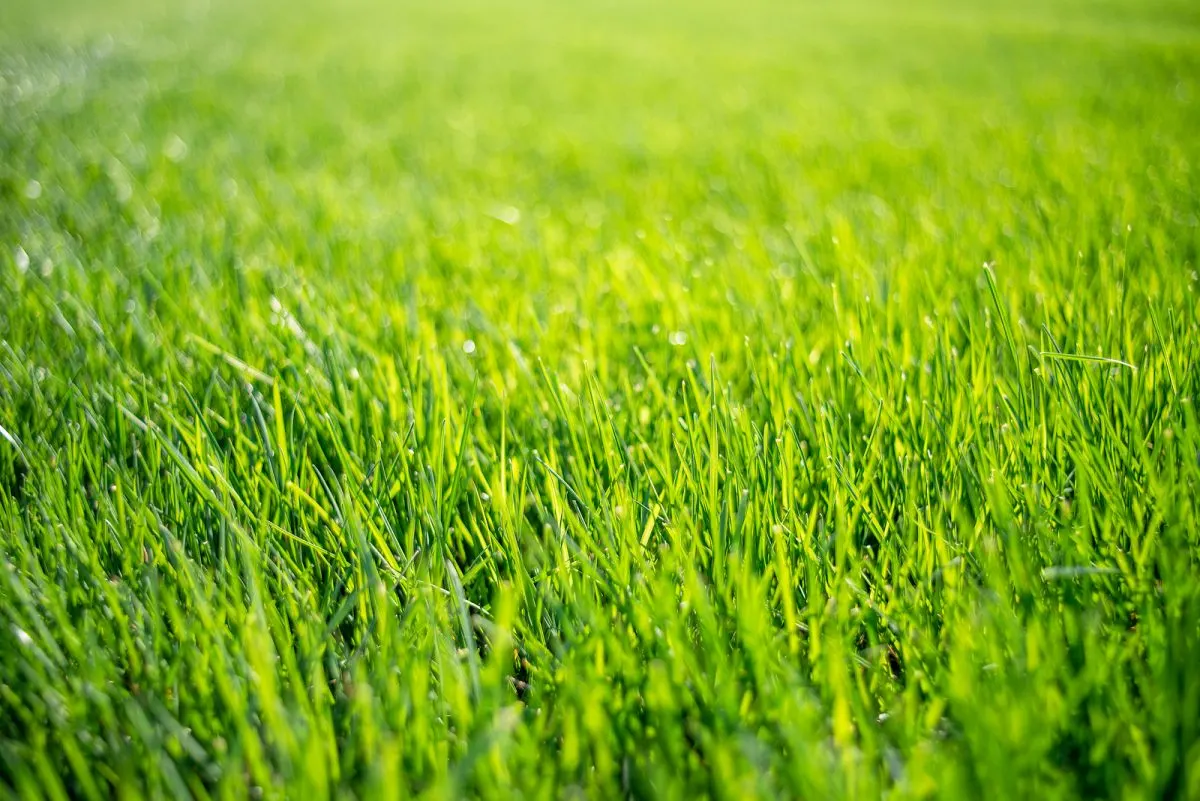
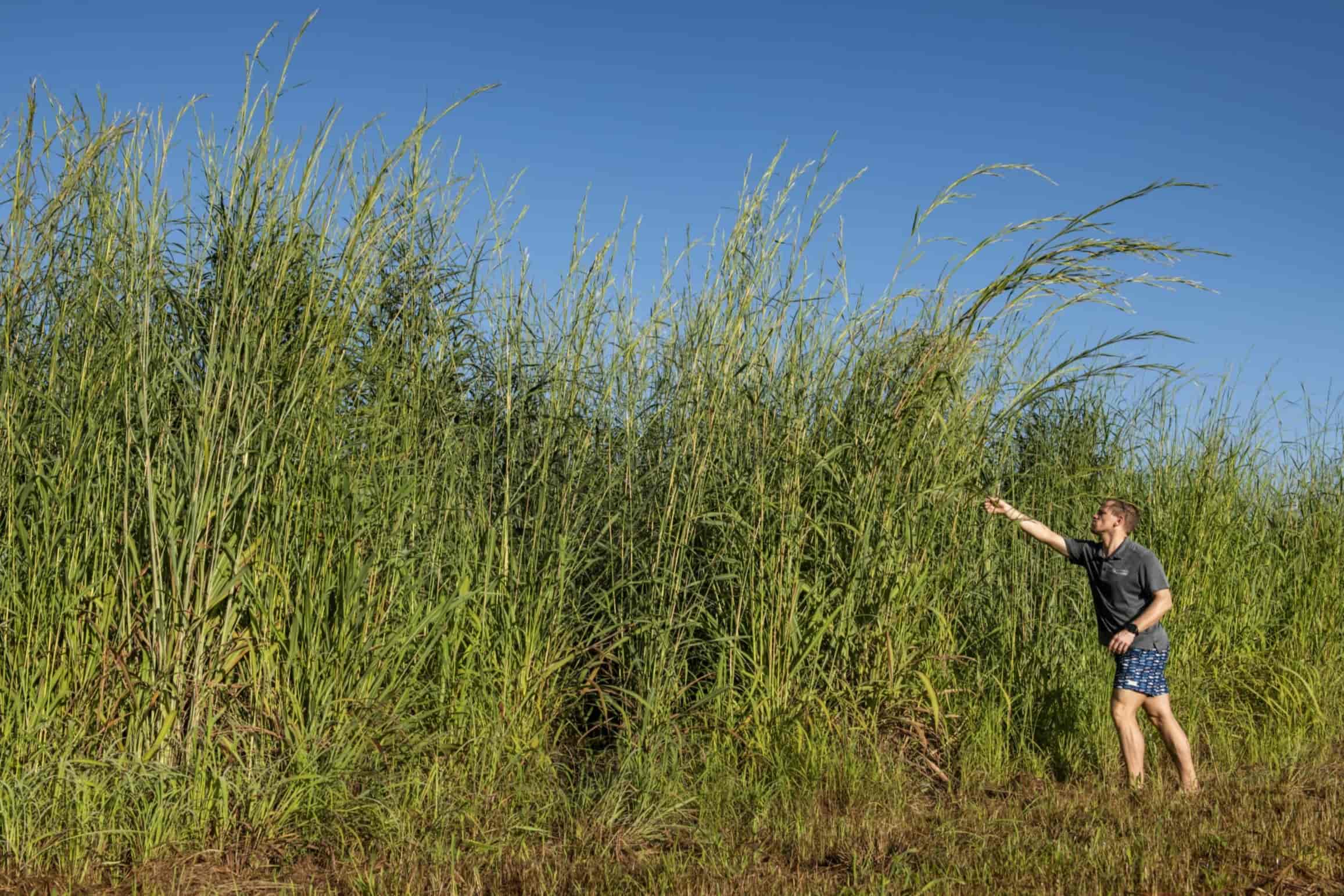

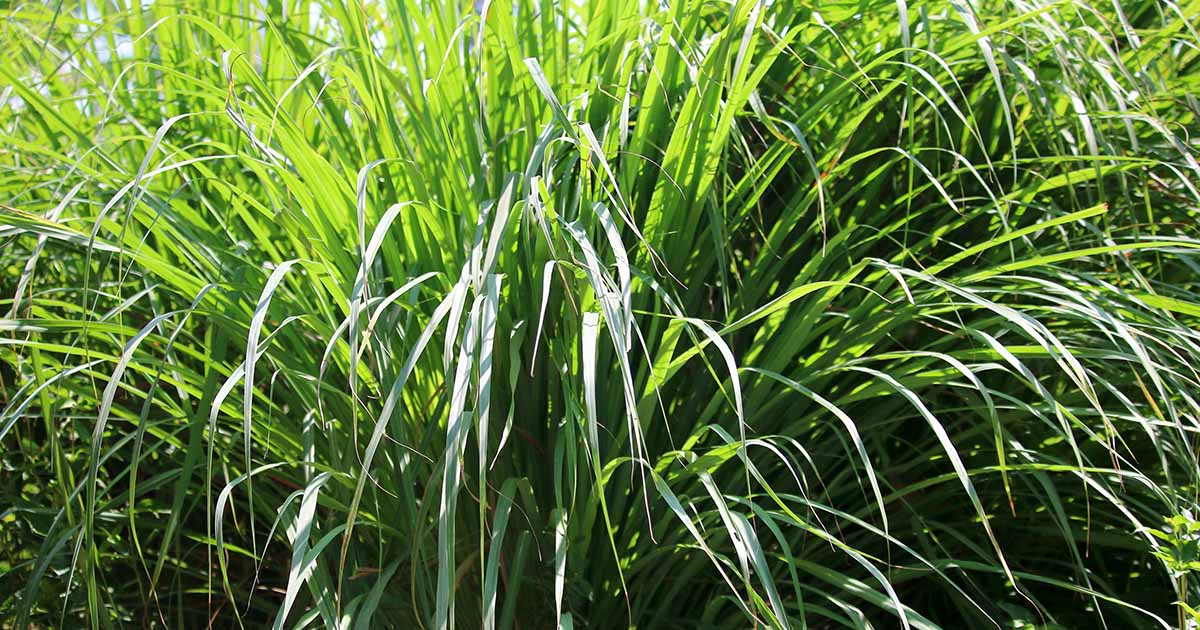


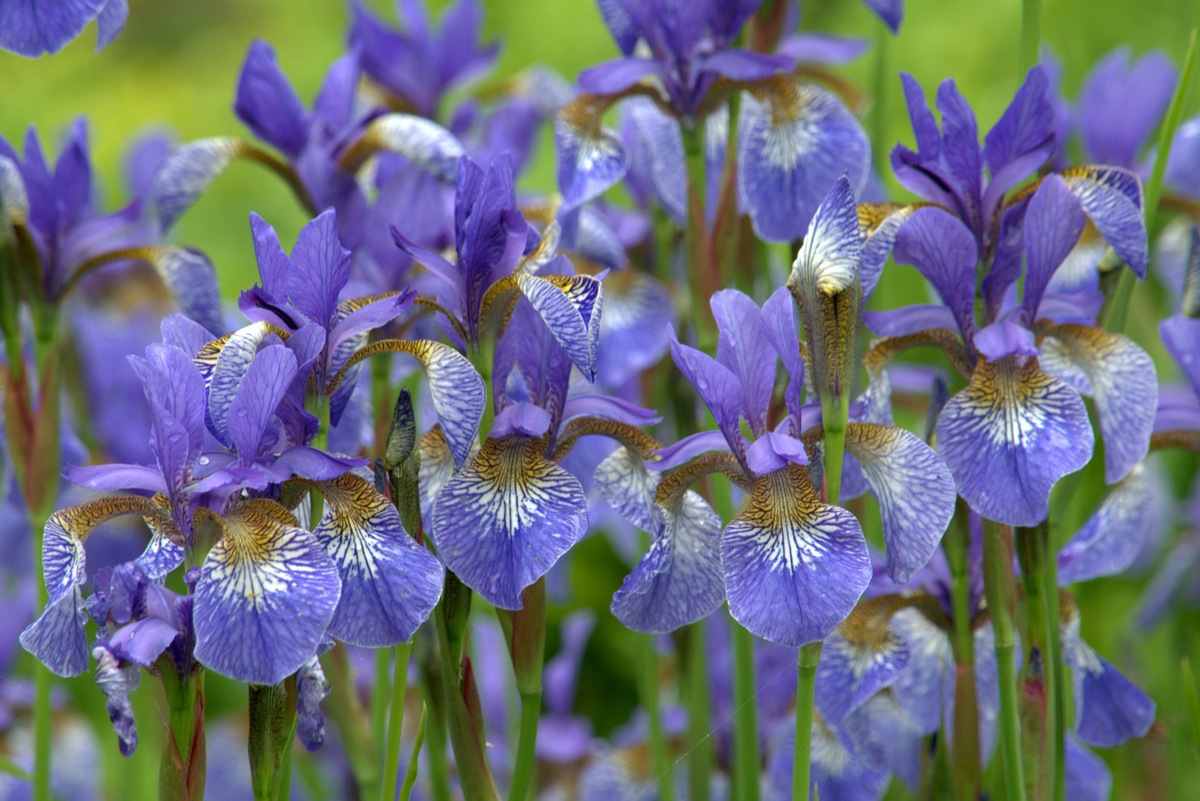

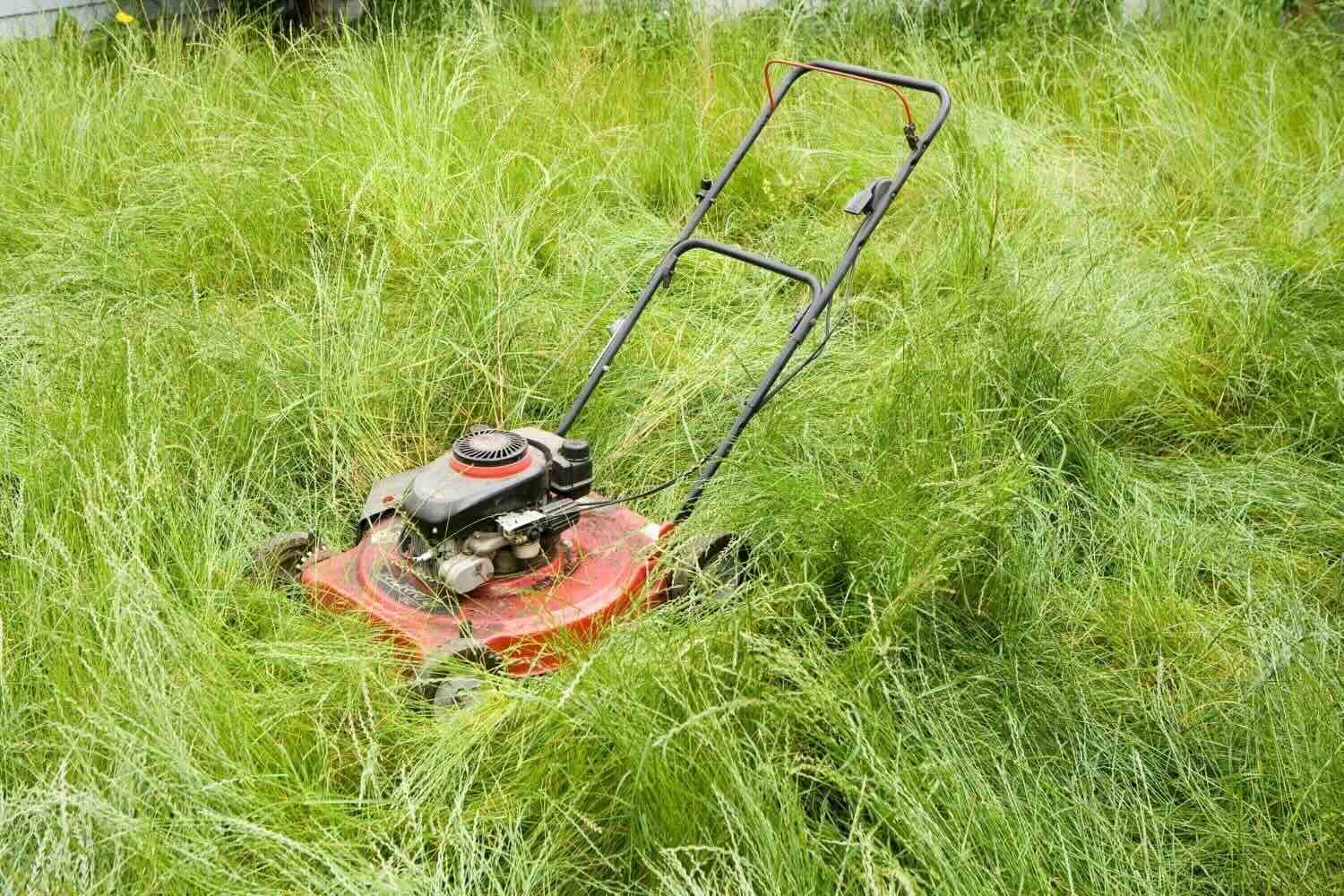


0 thoughts on “How Tall Can Grass Grow”